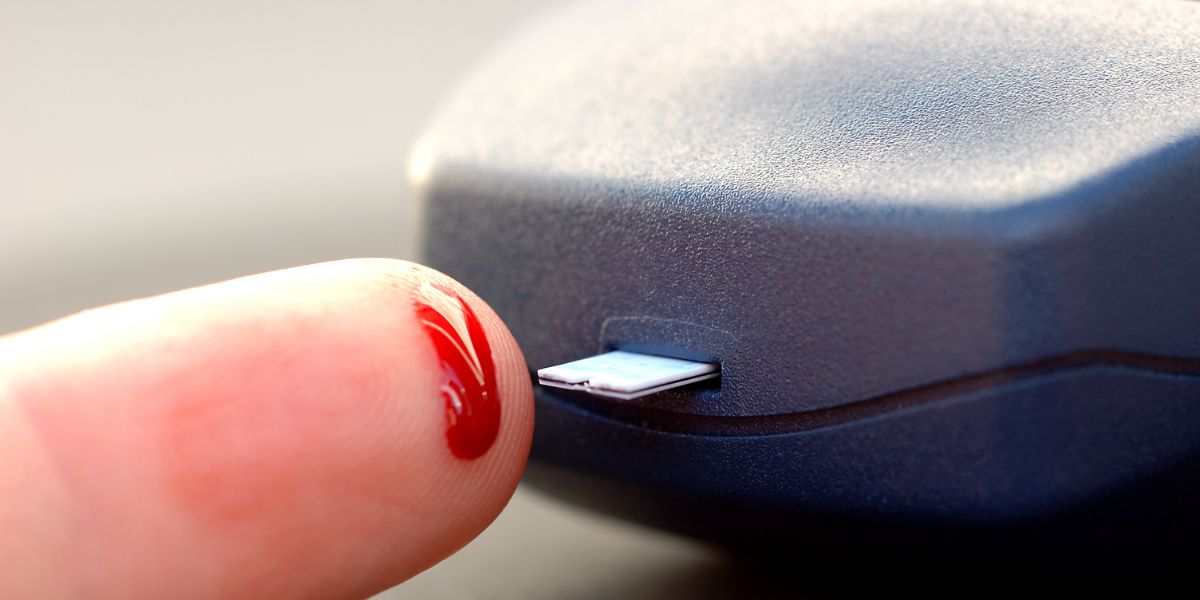Early-stage pancreatic cancer can be identified thanks to a newly developed blood test which offers up to 85% accuracy in detection, recent research has unveiled.
Academics from the Oregon Health and Science University have found that the new test called ‘PAC-MANN’ can spot the early signs of pancreatic cancer with high sensitivity and specificity.
The test will fluoresce in response to high blood levels of certain proteins which are a biomarker of pancreatic ductal adenocarcinoma (PDAC) – a type of exocrine pancreatic cancer.
Known as one of the most deadly forms of the disease, pancreatic cancer often goes unnoticed until it has spread to other organs because it does not present any standout symptoms in its early stages.
- Latest study links seed oils to colon cancer risk
- Blood test for children with obesity can flag up heart disease risk
- Common blood glucose test fails to detect nearly three quarters of gestational diabetes cases
The five-year survival rate of pancreatic cancer sits at just 13%, highlighting the urgency to diagnose the disease earlier.
A total of 350 adults took part in this study. By using PAC-MANN, researchers were able to detect 73% of PDAC cases across all stages.
In addition, the test was able to identify 100% of people living with pancreatic disease that was not cancerous, the study has reported.
According to the results, PAC-MANN was 85% sensitive for detecting stage 1 PDAC, and 96% accurate for ruling out healthy controls.
First author Jose Montoya Mira said: “Our test could be used for people at high risk of pancreatic cancer, which is not targeted by current tests.
“It allows for a more robust and less invasive screening, unlike an endoscopic ultrasound and other liquid biopsy tests that require large volumes of blood, thus allowing our test to be performed more frequently for earlier detection.”
- Free blood pressure tests now offered by dentists and opticians
- Woman suffers fatal intestine blockages after using weight-loss jab
- Exercising in the evening offers greatest health benefits for people with obesity
Jose Montoya Mira added: “The big difference with this test is the cost: It takes only eight microliters of blood and 45 minutes to run the test at a cost of less than a penny per sample.
“This could easily be used in rural and underserved settings, where traditional tests are not or cannot be used.”
Read the full study in the journal Science Transitional Medicine.





